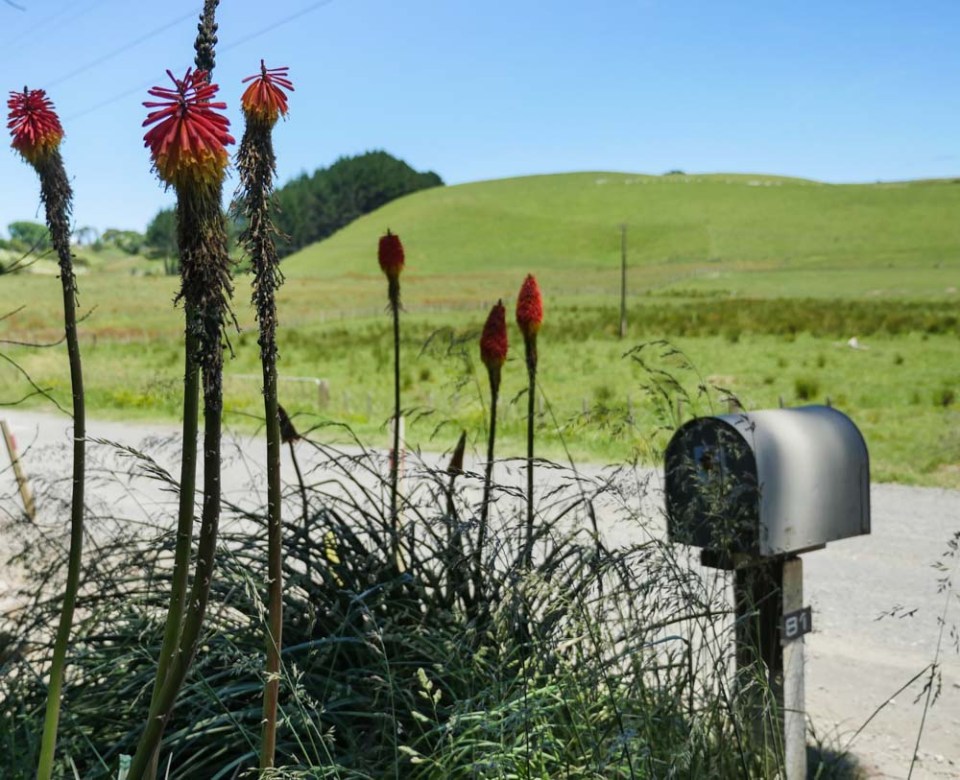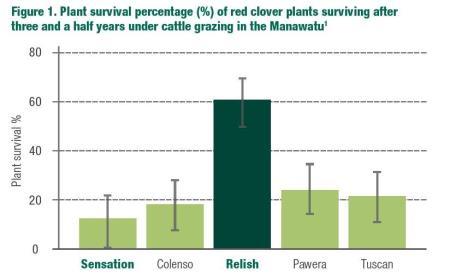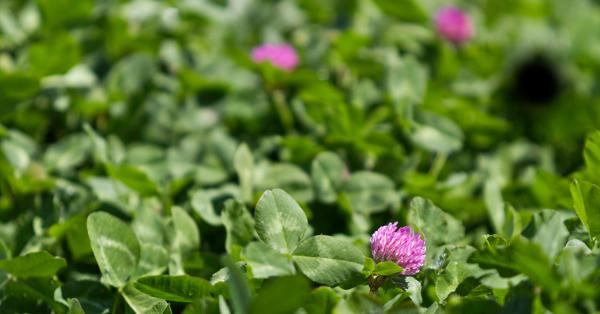Relish
OUTSTANDING PROVEN PERSISTENCE.
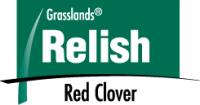
- Heading Date Early
- Phyto-oestrogen Low
- Leaf Size Medium
- Pasture Life Perennial
- Grazing Seasons Spring
Relish red clover is a major advancement in red clover breeding. It has shown outstanding persistence compared to current alternative varieties. It is ideally suited to pasture mixes where its growth habit should help to maintain red clover content over time.
- A major improvement in persistence within grazing systems
- High yield potential over time
- Semi-prostrate growth habit
- Low levels of formononetin (oestrogen)
Relish is a primary option for a red clover forage crop with proven persistence and production. Relish has shown to be highly productive with enough early spring growth for it to be used as a lambing forage (as early as September).
With changing land use the need for traditional store farms to finish lambs has never been greater. After years of red clover use in general pasture mixes (at often lower than ideal sowing rates), it has subsequently been proven how productive red clover can be as a pure stand.
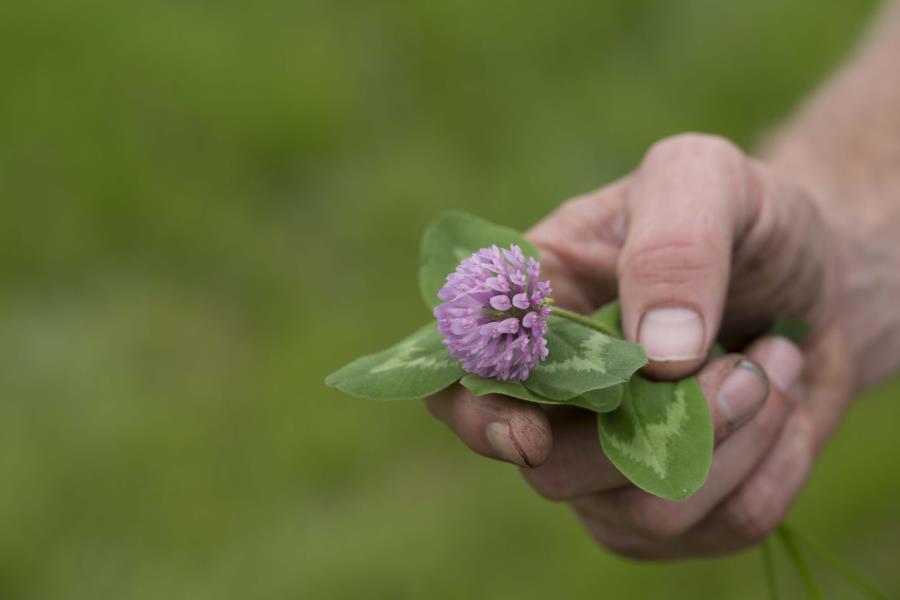
Sowing & Establishment
- Seed Weight 2.5 grams (per 1,000 seeds)
- Sowing Rate 4-6 grass or brassica mix. 12 pure stand.
Performance Data
Research was conducted to test the growth and persistence of 18 red clover lines among a wider set of 142 New Zealand and overseas accessions of red clover, in a mixed-sward replicated plot trial under rotational grazing by cattle in the Manawatu1.
After three and a half years under grazing, Relish showed 60% plant survival. This was more than any other entry, and significantly (P<0.05) more than any commercial cultivars in the trial.
This is a significant breakthrough in red clover genetics for New Zealand based grazing systems and highlights why Relish is a major step change in red clover reliability. For persistence under grazing, nothing else evaluated from within New Zealand or from around the world came close to Relish.
Formononetin Levels
Grasslands Pawera was a red clover which was high in plant formononetin (oestrogen). This historically caused negative effects on ewe fertility if fed prior to mating. Since then Grasslands Sensation and Colenso have been bred for lower levels of formononetin to reduce these potential issues. Some red clover cultivars with higher levels of formononetin are still available.
| Cultivar | Formononetin | |
| Older cultivar | Grasslands Pawera | 0.27 |
| Grasslands Colenso | 0.18 | |
| Current cultivar | Grasslands Sensation | 0.14 |
| Grasslands Relish | 0.10 | |
| Tuscan | 0.25 | |
| New Cultivar | Mean | 0.17 |
| LSD 5% | 0.12 |
Suggested Mixes
Relish Red Clover Pure Stand
| Rate (kg/ha) | |
|---|---|
| Relish red clover (Superstrike) | 12 - 14 |
| Tribute white clover (Superstrike) | 3 |
| Total | 15-17 |
Often red clover stands are supported by small volumes of white clover which spread and provide ground cover.
Example Pasture Mix
| Rate (kg/ha) | |
|---|---|
| ONE AR37 perennial ryegrass | 18 |
| Relish red clover (Superstrike) | 6 |
| Tribute white clover (Superstrike) | 3 |
| Total | 27 |
Relish Red Clover and Asset Italian Stand
| Rate (kg/ha) | |
|---|---|
| Relish red clover (Superstrike) | 10 |
| Asset Italian ryegrass (WE) | 10 |
| Tribute white clover (Superstrike) | 2 |
| Total | 22 |

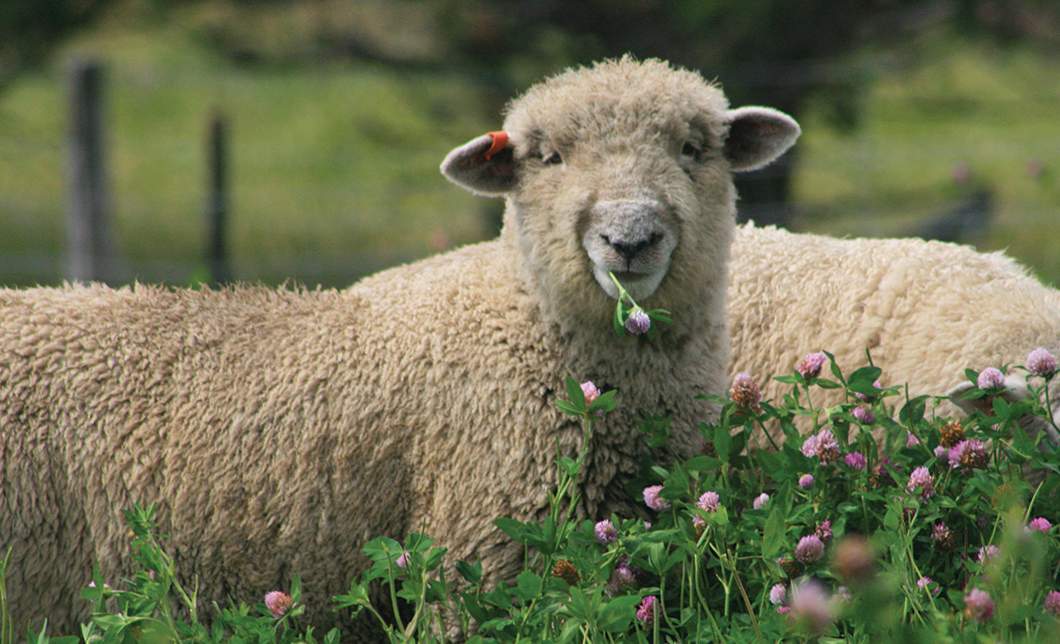
Read a Relish case study
Relish Case Study